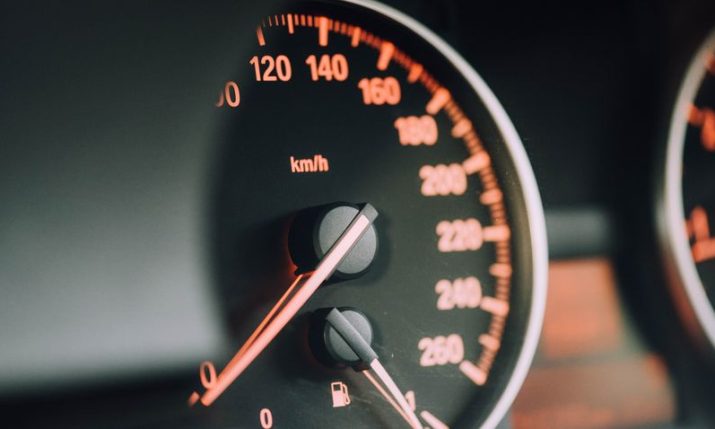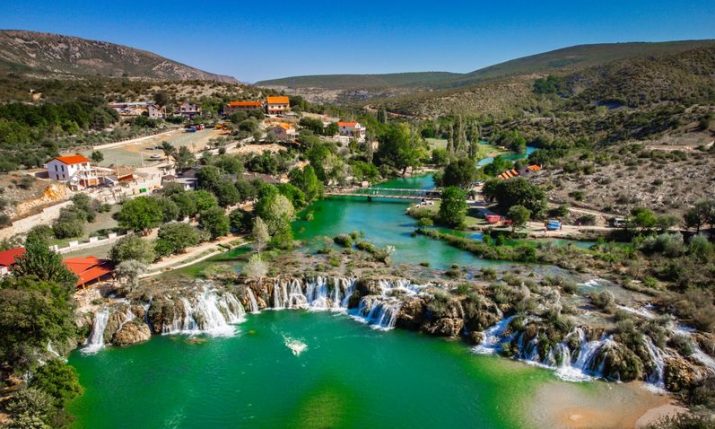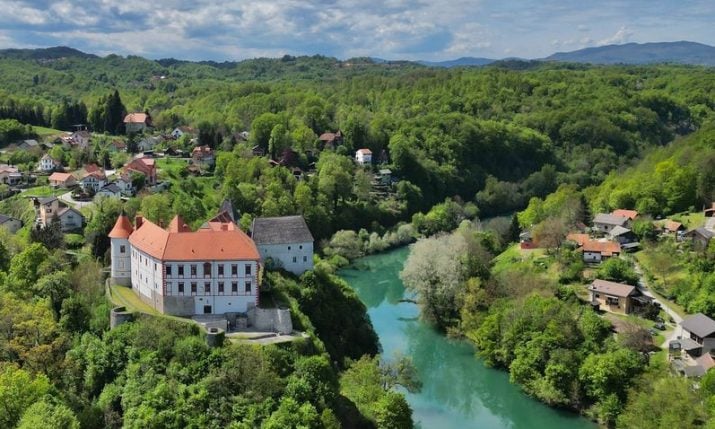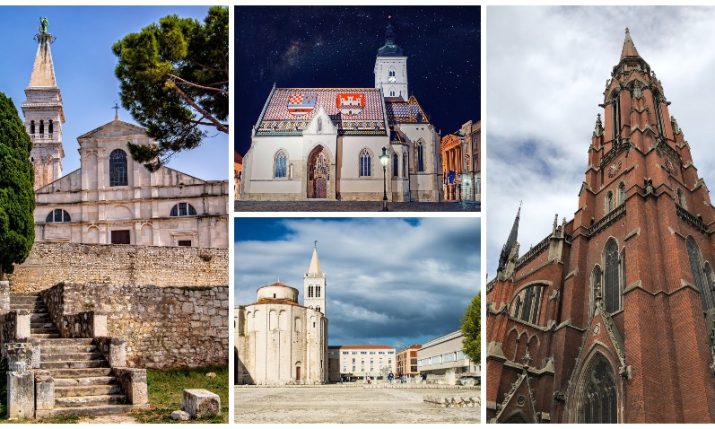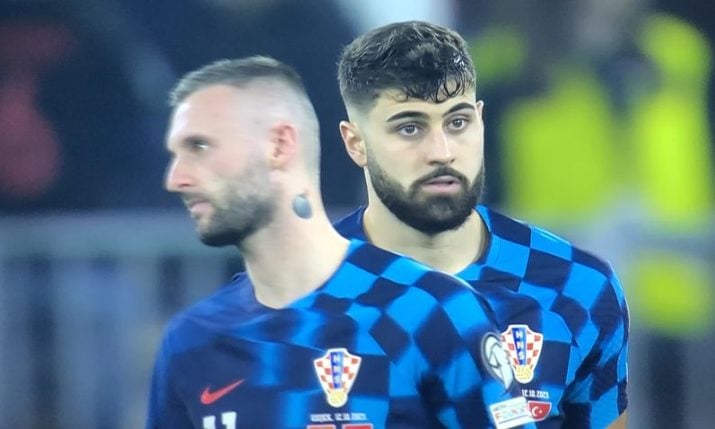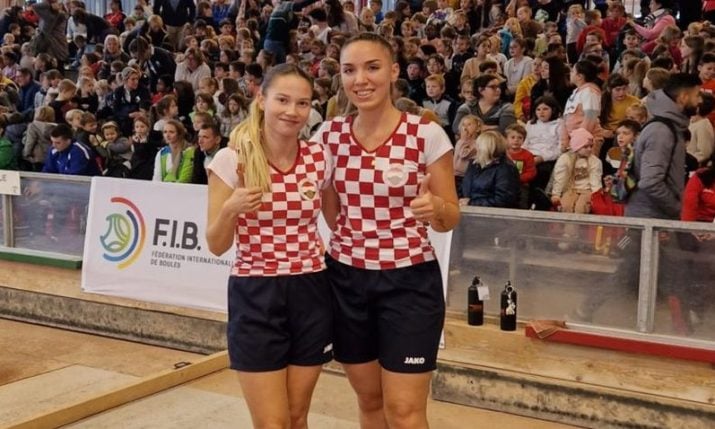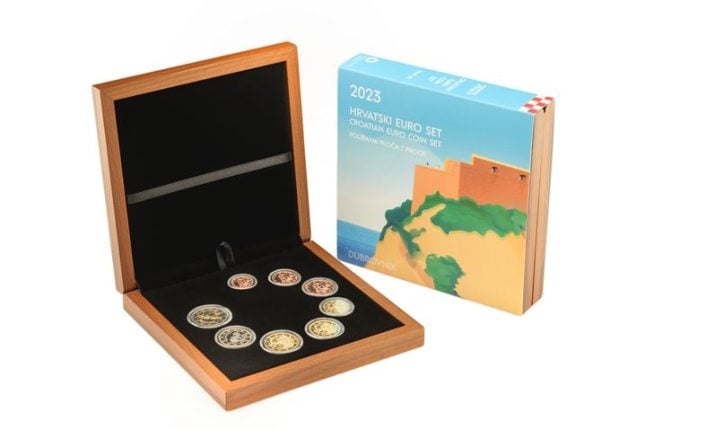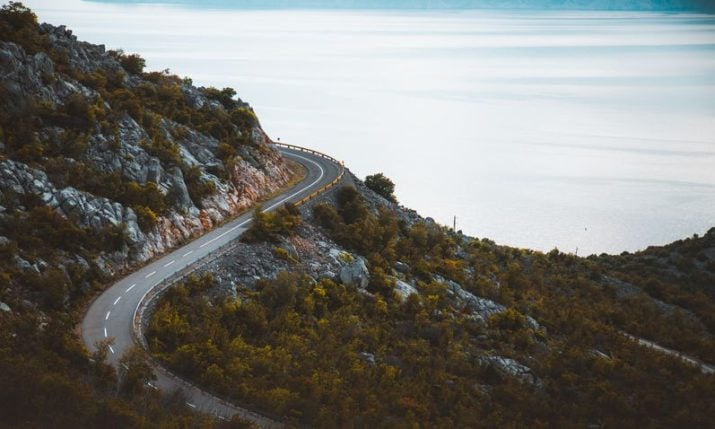How can Croatia extend its tourist season?
- by croatiaweek
- in News
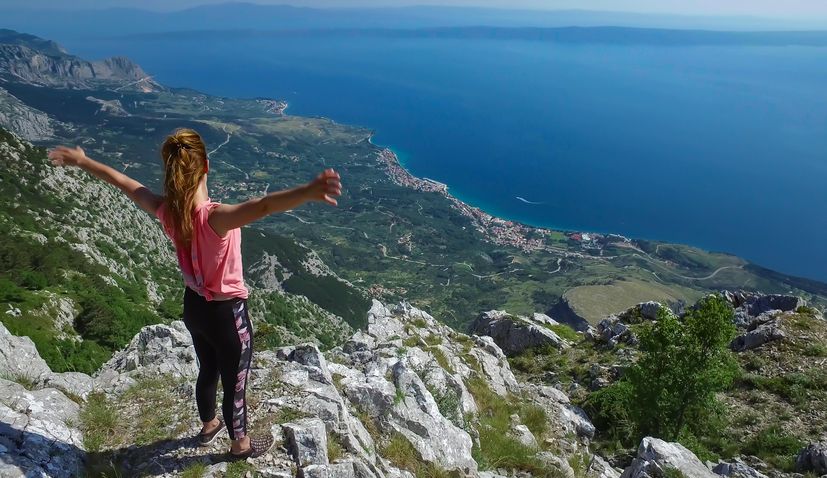
How can Croatia extend its tourist season? (Photo: Kroati.de)
How can the tourist season in Croatia be extended? Croatia travel specialists Kroati.de conducted a survey and show the respective target groups and provide practical examples.
The Croatian tourism industry has become a significant economic sector in recent years, attracting millions of tourists from around the world annually. However, like many other tourist destinations, seasonality is a central issue in Croatia.
The strong differences between the high season and the off-seasons present a challenge to the industry and significantly affect booking patterns and revenue.
In this analysis, they delve into the different seasons and booking patterns in Croatian tourism. They examine the factors influencing seasonality in Croatia and discuss ways to extend it. Additionally, they shed light on the necessary measures and strategies required to achieve a sustainable extension of the tourism season in Croatia.
Furthermore, they conducted a survey with the question, “Can we really extend the season?” to over 300 Croatian agencies. The best answers will be elaborated on in the analysis.
What are the seasonal periods in Croatia?
The tourism season has a significant impact on booking numbers in Croatia, and various factors are crucial for this. The seasonal periods distinguished in Croatia are the ‘off-season,’ the ‘pre- and post-season,’ and the ‘high season,’ each of which has different effects on booking numbers.
Off-season
During the off-season (January to April and October to December), booking numbers tend to be lower. This is because the weather in Croatia during this time can be more unpredictable, which deters many tourists. Additionally, many tourist facilities and activities may not be available or may be limited.
Pre- and post-season
In the pre- and post-season (May, June, and September), booking numbers gradually increase. The weather is more pleasant, and many tourists prefer this time to avoid the crowds during the high season. Bookings for accommodations and activities increase.
High season
The high season (July and August) is the busiest time for tourism in Croatia. Booking numbers peak during this period, as many tourists take their vacations at this time. Beaches, restaurants, and attractions are highly frequented.
Where do tourists in Croatia come from?
Tourists from various countries visit Croatia and contribute to the diversity of the tourism sector. In the example month of July 2023, Croatia recorded approximately 4.5 million tourist arrivals and 25.0 million overnight stays. The prominent countries of origin of tourists include:
Germany (15.9%)
Slovenia (11.7%)
Poland (8.5%)
Czech Republic (8.4%)
Austria (7.6%)
Slovakia (5.6%)
The vast majority of other guests predominantly come from other European countries. However, Croatia is also gaining popularity among overseas visitors from countries such as the USA, China, or South America.
Survey with Croatian agencies
A large survey was conducted with over 300 Croatian travel agencies, and many interesting ideas emerged from it. It was found that many factors play a role in extending the off-season. The best responses from the survey are summarized here to answer the important question of how to extend the season in Croatia.
What are the reasons for a vacation in the pre- and post-season + off-season?
A trip to Croatia in the off-season can be an extremely appealing option, as it offers many advantages compared to the high season. Here is a look at the reasons why a vacation in Croatia is attractive even in the off-season:
Lower Costs: In the off-season, prices for accommodations, meals, and activities are generally significantly lower than in the high season. This allows travelers to use their budget more efficiently.
Fewer Crowds: The main tourist crowds concentrate on popular Croatian holiday destinations during the high season. In the off-season, places are often less crowded, leading to a more relaxed and peaceful vacation experience.
Pleasant Weather: The off-season in Croatia, especially spring and autumn, still offers pleasant weather with mild temperatures. This is ideal for outdoor activities such as hiking, cycling, and exploration without the summer heat.
Authentic Experiences: In the off-season, travelers have the opportunity to experience local life and culture more authentically, as they are less overshadowed by tourist infrastructure. They can interact with locals and get to know traditional Croatian lifestyles better.
Better Availability: During the high season, accommodations and activities are often fully booked. In the off-season, however, availability is better, allowing travelers more flexibility in planning their vacations.
Peace and Relaxation: The lower number of tourists allows visitors to enjoy Croatia’s natural beauty in peace. Beaches and attractions are less crowded, contributing to a more restful vacation.
Culinary Delights: The off-season offers the opportunity to enjoy the local cuisine in restaurants and taverns at a leisurely pace. Restaurants are less crowded, and locals have more time to attend to guests. Autumn, in particular, is known and loved for its culinary specialties.
Activities and Events: Although the off-season is quieter, some cultural events and festivals still take place. This can be a great opportunity to explore Croatian cultural heritage.
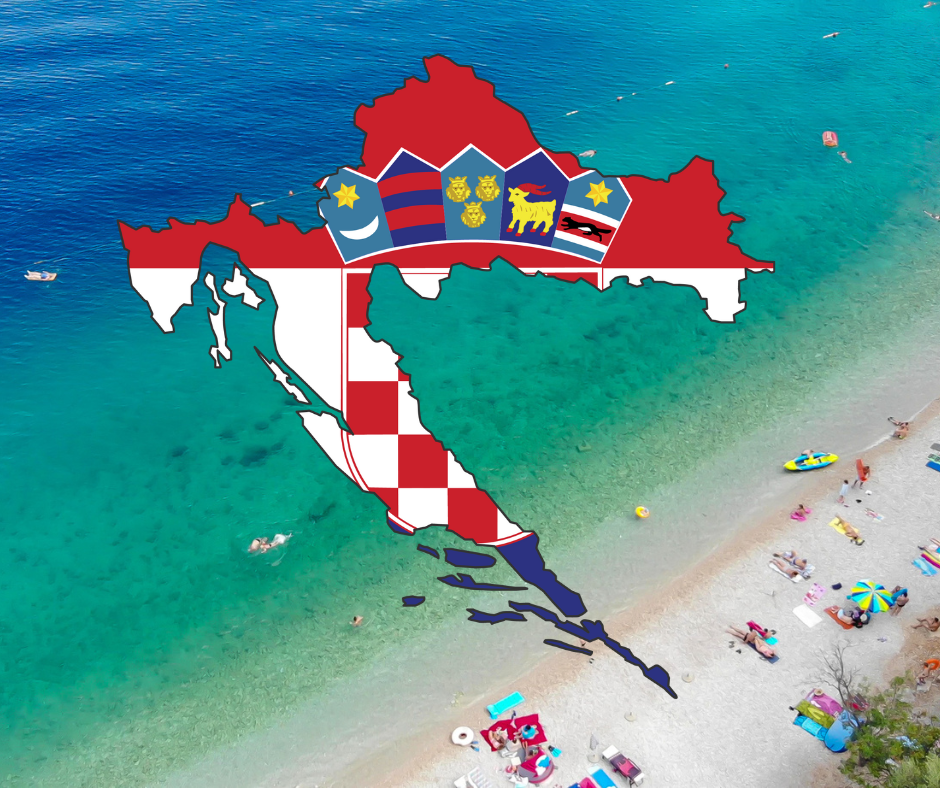
(Photo: Kroati.de)
What vacation times do individual countries have?
Vacation times and school holidays vary from country to country, and there is no uniform regulation for all the countries of origin of tourists visiting Croatia. Vacation times usually follow the school holidays in the respective countries, and these can change from year to year. However, some general trends can be identified:
Germany: School holidays in Germany vary depending on the federal state and can have different dates from year to year. However, summer holidays in Germany typically extend from late June to early September. Easter holidays generally fall in March or April, and Pentecost holidays are usually in May or June.
Slovenia: Vacation times in Slovenia may vary slightly from year to year, but summer holidays typically extend from mid-June to late August. Easter holidays usually last about a week in spring, while Pentecost holidays are one to two weeks long in May or June.
Poland: In Poland, summer holidays typically run from mid-June to early September, with the exact period varying by region and school district. Easter holidays typically last about two weeks in spring, while Pentecost holidays are one to two weeks in May or June.
Czech Republic: In the Czech Republic, summer holidays typically run from early July to late August. Easter holidays generally last about a week in spring, while Pentecost holidays are one to two weeks in May or June.
Slovakia: In Slovakia, summer holidays usually start in mid-June and end in late August or early September. Easter holidays generally last about a week in spring, while Pentecost holidays are typically one to two weeks long in May or June.
Austria: Summer holidays in Austria typically extend from early July to mid-September, with the exact dates varying by federal state. Easter holidays generally last about two weeks in spring, while Pentecost holidays are one to two weeks in May or June.
Italy: In Italy, students usually have summer holidays from mid-June to mid-September. Easter holidays last about one to two weeks in spring, and Pentecost holidays are typically one to two weeks in May or June.
These are general trends, and it’s essential to check the specific vacation times for each year and region to get a more accurate picture of when tourists from these countries are most likely to visit Croatia. Keep in mind that while school holidays can influence travel patterns, other factors, such as weather, can also play a significant role in tourists’ decisions to visit Croatia during specific times of the year.
How can Croatia extend its tourism season?
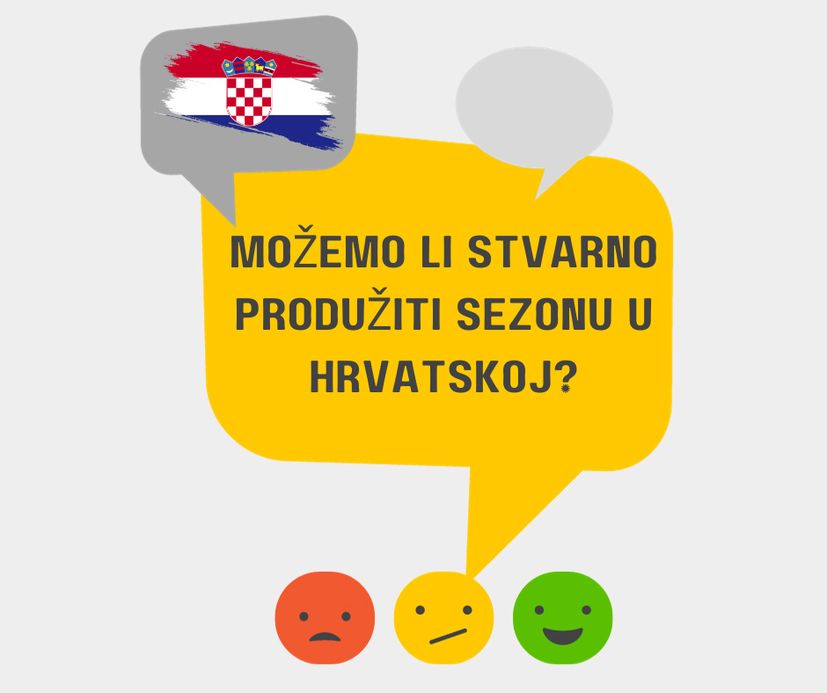
(Photo: Kroati.de)
Extending the tourism season in Croatia is a desirable goal for both the tourism industry and local communities. Doing so can lead to increased economic benefits and a more sustainable tourism sector. Here are some strategies and measures that can be implemented to extend the tourism season in Croatia:
Promote the Off-Season: Launch marketing campaigns that highlight the advantages of visiting Croatia during the off-season, including lower costs, fewer crowds, pleasant weather, and authentic experiences. Target potential tourists in countries where off-season travel is feasible due to school holidays.
Diversify Offerings: Develop and promote year-round attractions and activities, such as cultural events, culinary festivals, and outdoor adventures. Encourage tourists to explore inland regions and cultural heritage sites.
Collaborate with Travel Agencies: Partner with travel agencies to create attractive off-season packages that include accommodations, activities, and special offers. Incentivize travel agencies to market off-season travel.
Improve Infrastructure: Enhance infrastructure and services in popular tourist destinations to make them more appealing during the off-season. This includes maintaining restaurants, attractions, and accommodations year-round.
Foster Local Events: Support and promote local events and festivals throughout the year. These events can attract tourists and provide economic benefits to communities.
Extend Cultural and Historical Exhibitions: Extend the opening hours and availability of museums, galleries, and historical sites. Encourage tourists to explore Croatia’s rich cultural heritage.
Work with Airlines: Collaborate with airlines to offer more direct flights to Croatian destinations during the off-season. Promote affordable airfares to attract international tourists.
Target Niche Markets: Identify niche markets that may be interested in off-season travel, such as nature enthusiasts, hikers, cultural travelers, and foodies. Tailor marketing efforts to these segments.
Educate Local Businesses: Provide training and incentives to local businesses to encourage them to remain open during the off-season. This includes restaurants, shops, and tour operators.
Collaborate with Neighboring Countries: Partner with neighboring countries to create cross-border tourism packages and promote regional tourism. Encourage travelers to explore multiple destinations in the area.
Improve Transportation: Enhance transportation options between regions and tourist destinations, making it easier for tourists to travel during the off-season.
Offer Incentives: Consider tax incentives or subsidies for businesses that remain open during the off-season or invest in improving their facilities.
Support Sustainability: Promote sustainable tourism practices to protect natural resources and cultural heritage, ensuring that tourism remains attractive in the long term.
Engage the Community: Involve local communities in tourism planning and development, and ensure that they benefit from extended tourism seasons.
It’s essential for Croatia to adopt a holistic approach that involves collaboration between government authorities, local communities, tourism industry stakeholders, and international partners. By implementing these strategies and measures, Croatia can effectively extend its tourism season and create a more sustainable and resilient tourism sector.


